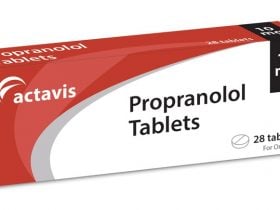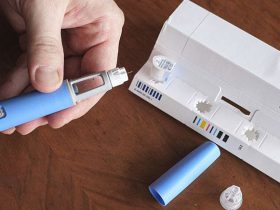What is Precipitated Withdrawal?

Withdrawal is an uncomfortable but normal component of the opioid addiction recovery process. As the opioid overdose crisis enters its second decade, the usual first recommendation from your doctor is the medication naloxone, which has become more and more common for its effectiveness in reversing an opioid overdose. The medication has gone from a little used medicine only stocked in ambulances and hospitals to something found in most pharmacies and even carried by lay people in purses and backpacks.
The medication, naloxone, comes mostly in the form of a nasal spray, the drug is high enough to cause a sudden, painful and frightening experience called precipitated withdrawal. Precipitated withdrawal is defined as the withdrawal that is caused by a medication, rather than abstinence. If you are going to use naloxone [1] to reverse an opioid overdose then you should expect precipitated withdrawal. But it can also unintentionally happen when certain medications are used to treat opioid use disorder.
Some other medications that can cause precipitated withdrawal when used to treat opioid use disorder include:
- Buprenorphine/naloxone (Suboxone, Zubsolv, Bunavail)
- Buprenorphine (Subutex, once-monthly Sublocade)
- Naltrexone (Vivitrol)
To know more about precipitated withdrawal, its symptoms, why it happens, how to manage it, and how long precipitated withdrawal lasts.













